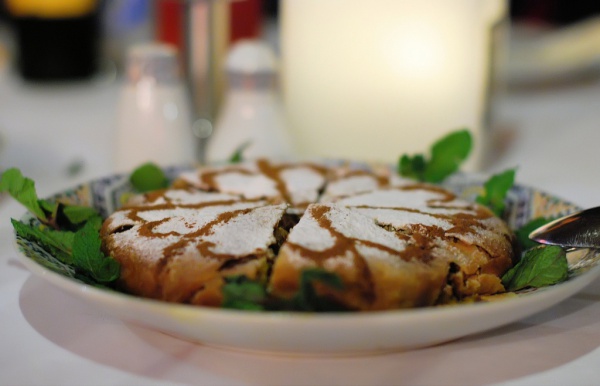Facts About Pastilla
Pastilla is a cherished North African dish that can take the form of a sweet or savory meat pie or even a spicy seafood pie. The magic lies in the use of *werqa*, a delicate dough akin to phyllo. This dish has its origins in Andalusia and has been a culinary staple for centuries in Morocco and Algeria, where it is also known as *r’zima* or *tajik*. Through emigration, pastilla has spread to countries like France, Israel, and North America.
The name "pastilla" is derived from the Spanish word for "pill" or "small pastry." This dish’s history can be traced back to 13th-century Andalusia, with early recipes resembling what is now known as *bastila*. Though there is some debate about how pastilla reached Morocco, one theory suggests that Algerian migrants brought it to Tétouan after the French invasion of Algiers in 1830.
In Morocco, pastilla is a highlight at special meals, often served as a starter. The poultry version, originally made with squab, now typically features shredded chicken. It's a delightful blend of sweet and salty, layered with *werqa* dough, savory meat, and crunchy almonds. The seafood version, on the other hand, is not sweet and includes fish, seafood, and vermicelli.
In the rich culinary tradition of Fassi cuisine, pastilla also shines as a dessert called *Jowhara* or "Pastilla with milk." This sweet treat is made with *werqa* dough, creamy milk, and is flavored with orange flower water, cinnamon, and sugar. Moroccan Jews have their own variation, making pastilla kosher by using olive oil or margarine. There’s even a trend towards creating individual pastries instead of a single large pie.
Whether in its savory or sweet form, pastilla is a versatile dish that reflects the rich culinary traditions of North Africa and the Mediterranean. Its layers of flavors and textures make it a cherished dish in many homes and a delightful experience for anyone who tries it.

 Western Sahara
Western Sahara